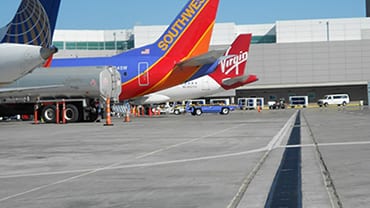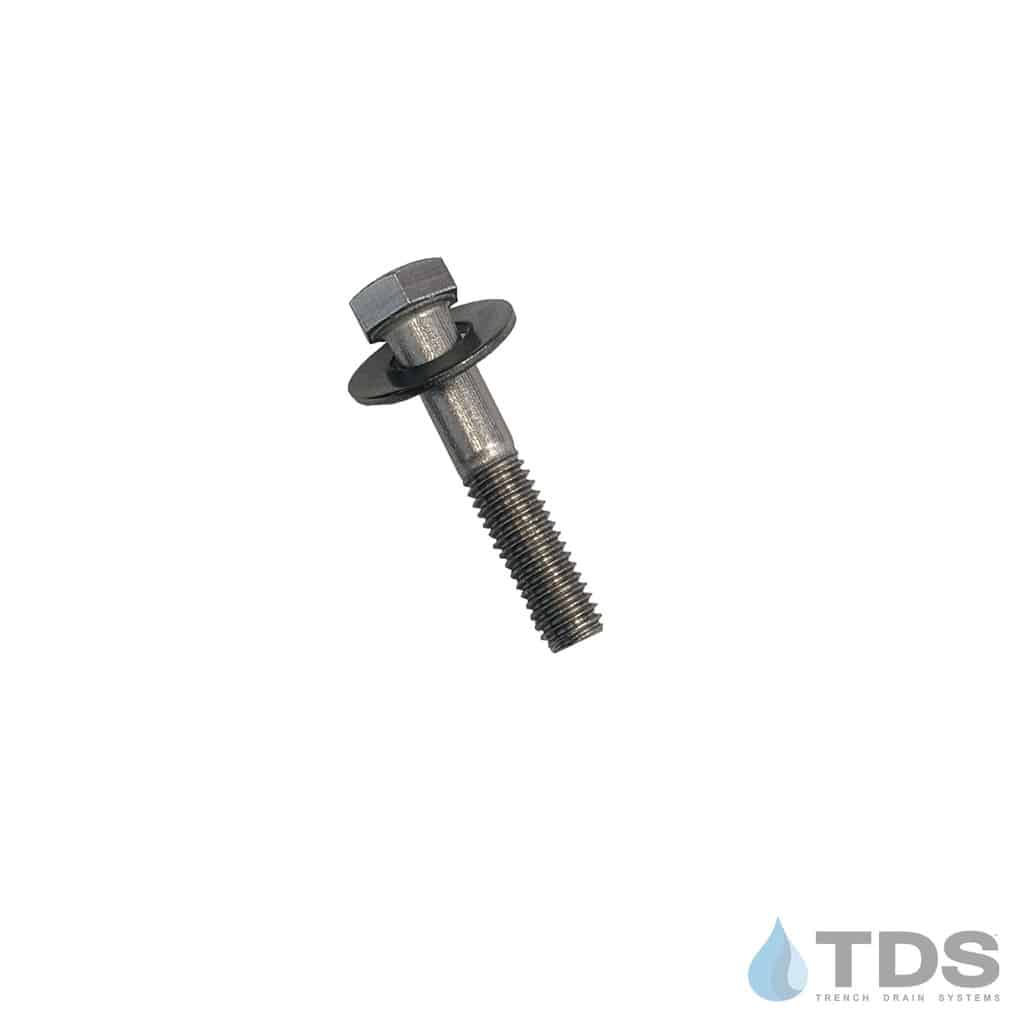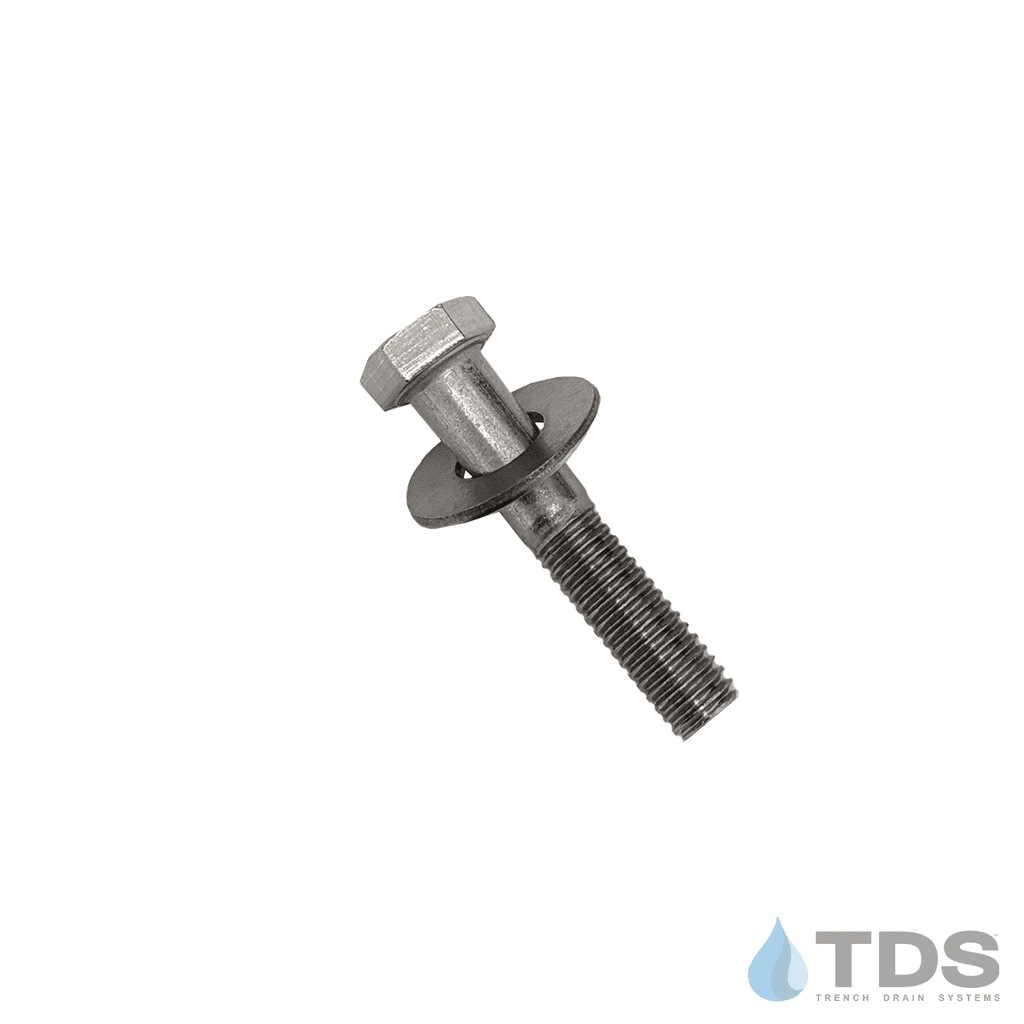Airport Drainage

Drains for Air Transportation
We can’t control the weather but proper drainage can facilitate the rapid removal of stormwater from airport surfaces. Although some conditions are regional or seasonal, effective drainage prevents standing water which can ultimately delay and cancel flights.
Of course, the more surface area there is, the greater the amount of rainwater that is displaced. It all has to go somewhere that is practical and doesn’t create residual issues such as erosion or unplanned ponding areas.
We can’t control the weather but proper drainage can facilitate the rapid removal of stormwater from airport surfaces. Although some conditions are regional or seasonal, effective drainage prevents standing water which can ultimately delay and cancel flights.
Of course, the more surface area there is, the greater the amount of rainwater that is displaced. It all has to go somewhere that is practical and doesn’t create residual issues such as erosion or unplanned ponding areas.
County airports
County airports support small single and twin prop aircraft. Pre-sloped 4” wide trench drain systems are found on taxiways and in front of the hangar doors. Loads are light (Class D) so these drains tend to use ductile or cast iron grates without reinforcement.
Municipal airports
Municipal airports are a little bigger with aircraft that may include some light commercial crafts. Hangar doors will use a 4” wide trench drain but will require reinforcement. Along the taxiways, 8” and 12” wide pre-sloped drains with Class D and E grating are recommended.
International airports
International airports deal with heavy equipment and acres of concrete surfaces that need to be drained quickly in the event of a storm. Drainage systems usually have Class E or F load ratings and grates with 2-point lockdown systems. Trench drains designed for large flow capacities use grates with a high percentage of the open area along with wider trench dimensions; it is not uncommon to see 12 inch wide trenches that reach 3-to-4 feet deep.
Trench Drain Systems offers exclusive product lines manufactured by TDS.
- Widths from 1” to 24” and flow rates from 30 – 6,700 Gallons Per Minute
- Grates in various load ratings with safety lockdown devices for airport terminal traffic
- Numerous materials for grates and drain channels, including options that withstand extreme conditions
- Pre-sloped and neutral options for ease of install
Considerations
Product Recommendations

HW FGDI Locking Device for FP1200 Series Ductile Iron & Galvanized Grates
Testimonials
“Trench Drain Systems has been very good at providing complete quotes, answering questions we have had, and getting quotes to us quickly.”
“Wow – your response was ridiculously quick!!! Thank you. I appreciate your advice.”
“Thanks for taking the time to go over different trench drain covers. It was much appreciated!”
“The product was great and your company was great to work with!”


